On the full moon of the 12th month, as November approaches, Ticy City is reminded of a song we’ve known since childhood:
“On the full moon of the 12th month, the waters rise, and we, both men and women, celebrate the Loy Krathong festival. Float the krathong, float it well, and let’s invite Nong Kaew to dance around.”
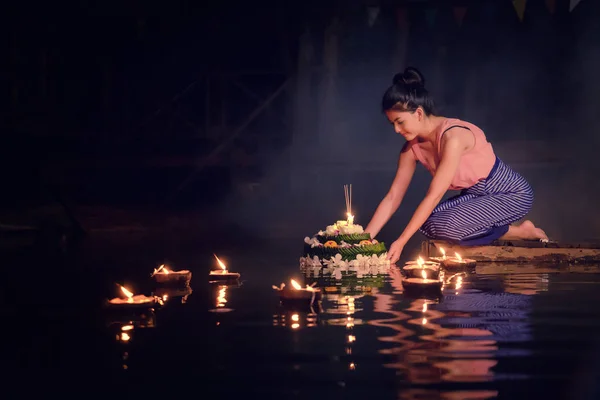
Though the roots of the Loy Krathong festival stretch back to ancient times, its central symbol remains the beautiful krathong and the legendary figure of Nang Nopamas. Over the years, this tradition has evolved, with beauty pageants for Nang Nopamas and krathong competitions now commonplace. The book Tamrap Thao Sri Chulalak (which tells the story of Nang Nopamas) was written during the reigns of Kings Rama II and III of the Rattanakosin Kingdom.

But have you ever wondered if it’s truly correct to float a krathong and make a wish, asking for forgiveness and blessings from Ganga Devi? It might sound surprising, but Ticy City is pondering this very question. In this issue of God’s City, spiritual expert Nai Mu shares some thoughts on the matter, offering guidance on which deity to worship on Loy Krathong Day, the full moon night of the 12th month.
The Full Moon of the 12th Month and Loy Krathong Day
In just a few days, the full moon of the 12th month will illuminate the sky, marking the celebration of Loy Krathong. Traditionally, this night is meant to honor Ganga Devi, as people throw their waste into the river — especially during this festival. However, this year, Bangkok has announced it will stop using bread for the krathongs in an effort to reduce waste.

For many, this night carries deep spiritual significance. Some believe it is the time to worship Lord Vishnu, who rests in the ocean, while others honor Ganga Devi or Upagupta, who meditates in the ocean’s navel. There are also those who pray to the Sakyamuni Buddha at the Narmada river when the Buddha taught the Naga city. Some devotees choose to honor Brahma in Buddhism from the heavenly realms, or Garuda, the revered vehicle of Lord Vishnu.
Nai Mu recommends honoring three deities this year: Lord Vishnu, Ganga Devi, and Upagupta.
Lord Vishnu (พระนารายณ์)
An ancient deity from the Vedas, Lord Vishnu is one of the principal figures in Hinduism, known as the protector and sustainer of the universe. His home is Vaikuntha, a golden palace at the center of the Milky Ocean. There, he reclines upon Anantanakkharat, the serpent king, alongside his consort Laksmi, who is often depicted as a goddess of fortune.
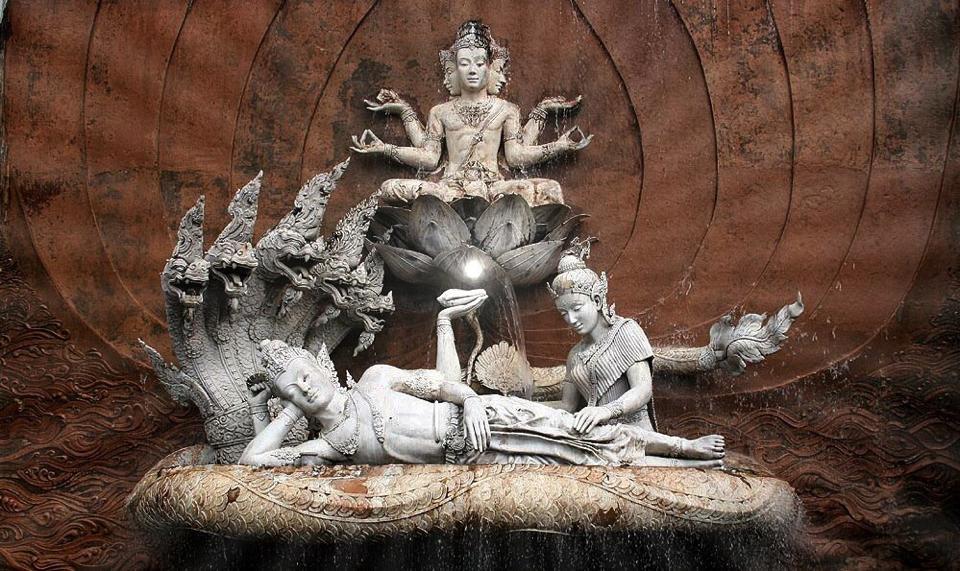
As part of the Trimurati — the holy trio of gods — Lord Vishnu has taken on many forms over the ages. His most famous avatars, such as Narasimha and Vamana, embody his descent to Earth to restore cosmic order. His current incarnation is known for his blue skin, a symbol of the enduring cycles of time and the diminishing goodness in the world. Lord Vishnu holds four weapons: a scepter, a chakra, a conch, and a lotus, which symbolize his powers over creation and preservation. Garuda is his trusted steed, soaring through the skies to protect him. The future incarnation, Kalki Avatar, is believed to restore balance when the world reaches its lowest point, much like the concept of Metteyya in Buddhism or the Day of Judgment in Christianity.
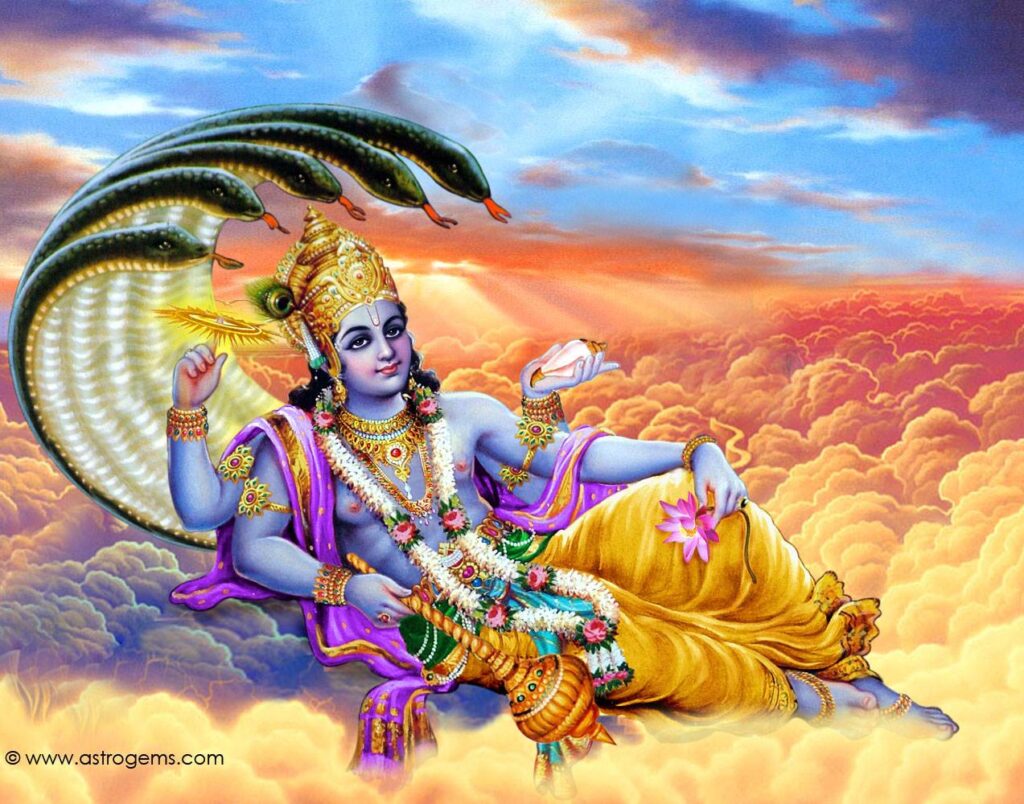
Ganga Devi (พระแม่คงคา)
Ganga Devi embodies the sacred Ganga river, which flows from the Himalayas and nourishes millions of lives. In Hindu mythology, Ganga Devi descended from the heavens to purify the earth, and her river is believed to cleanse the soul of sin. Revered in India and Southeast Asia, the Ganga is not just a river but a living goddess.



Her waters are seen as spiritually purifying, capable of washing away sins and granting blessings to those who worship her. Ganga Devi is also closely tied to the life of Parvata, the mountain deity, and Himavant, the god of the mountains, both of whom protect the river and its tributaries.
Upagupta (พระอุปคุต)
Upagupta is an important spiritual figure who is said to meditate in the ocean’s navel. In one form, he holds a bowl, symbolizing his act of receiving offerings. In another, he is surrounded by sea creatures like fish and crabs, indicating his deep connection to the waters.

Revered across India, Myanmar, and Northern Thailand, Upagupta is often considered a protector, especially of Buddhist teachings. It’s said that during the reign of Emperor Ashoka, Upagupta helped safeguard a Buddhist ceremony from the disturbance of Mara, the demon king. When Mara attempted to disrupt the ceremony, Upagupta used his power to force the demon to retreat, allowing the teachings to proceed.

In some traditions, worshippers believe that offerings made to Upagupta will bring prosperity and protection from evil. His connection to water symbolizes his role in purifying the soul and maintaining spiritual balance.
These are just a few of the many deities and beliefs associated with Loy Krathong Day, a night filled with devotion, hope, and the promise of divine blessings.
Note: Images are from the internet.
Story: Nai Mu





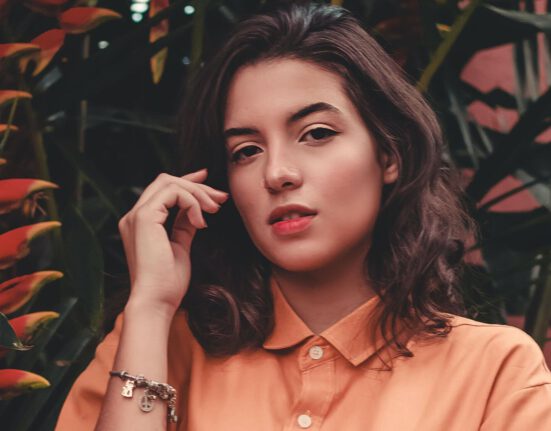





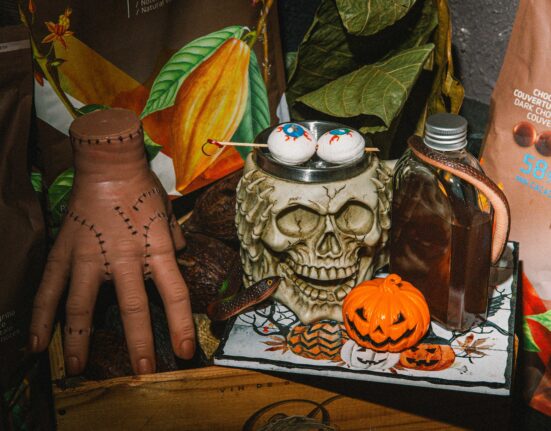
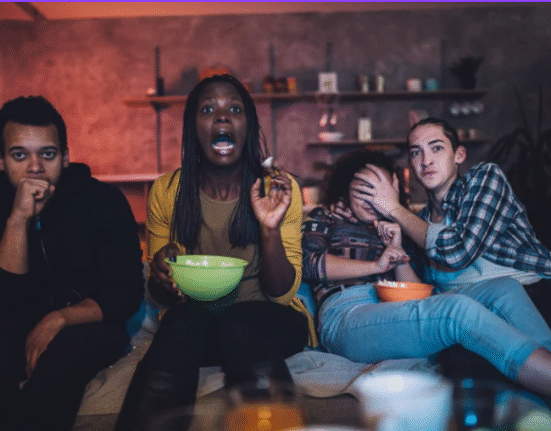
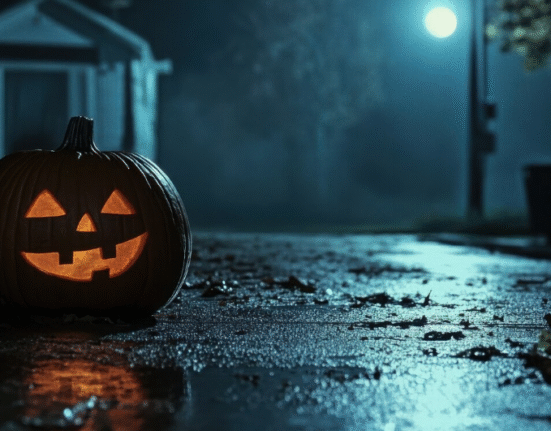
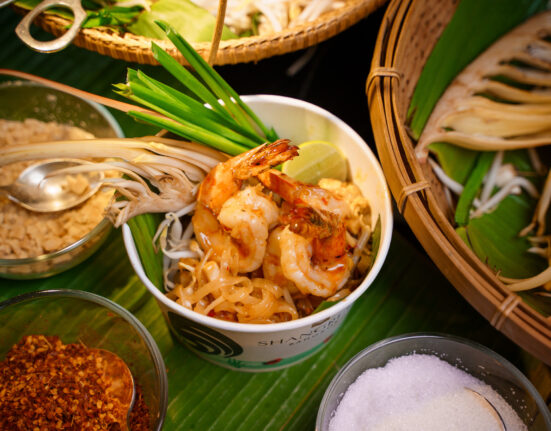
Leave feedback about this